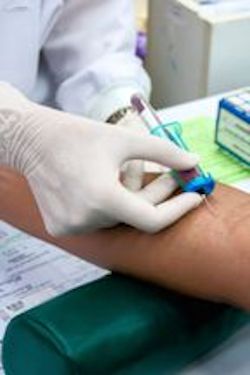Needlestick Safety
Introduction
More than 8 million health care workers in the United States work in hospitals and other health care settings. Precise national data are not available on the annual number of needlestick and other percutaneous injuries among health care workers; however, estimates indicate that 600,000 to 800,000 such injuries occur annually. About half of these injuries go unreported.

Always report needlestick injuries to your employer to ensure you receive appropriate follow-up care.
Most reported needlestick injuries involve nursing staff; but laboratory staff, physicians, housekeepers, and other health care workers are also injured. Some of these injuries expose workers to bloodborne pathogens that can cause infection. The most important of these pathogens are HBV, HCV, and HIV. Infections with each of these pathogens are potentially life threatening and preventable.
The emotional impact of a needlestick injury can be severe and long lasting, even when a serious infection is not transmitted. This impact is particularly severe when the injury involves exposure to HIV. In one study of 20 health care workers with an HIV exposure, 11 reported acute severe distress, 7 had persistent moderate distress, and 6 quit their jobs because of the exposure. In addition to the exposed health care worker, colleagues and family members may suffer emotionally.
Knowledge Check Choose the best answer for the question.
7-1. Most reported needlestick injuries involve _____.
You forgot to answer the question!
